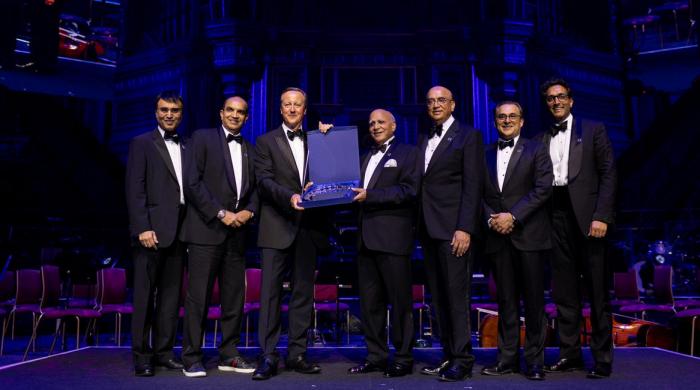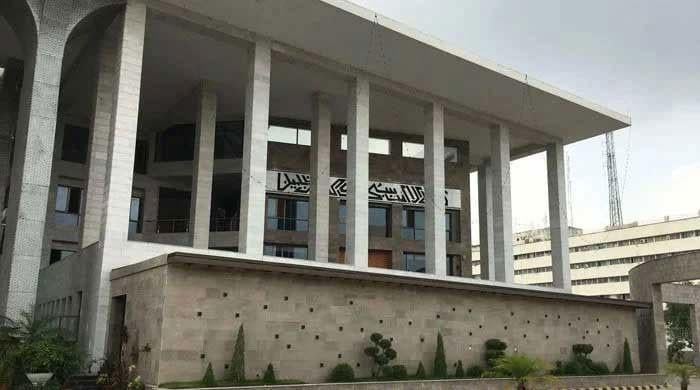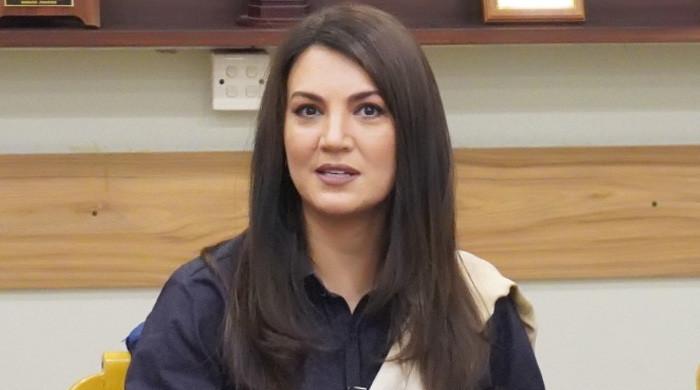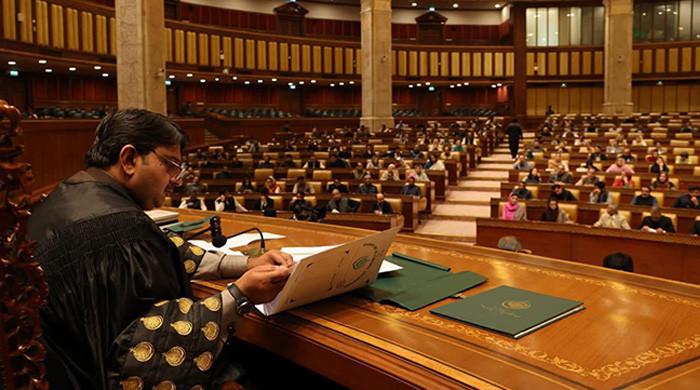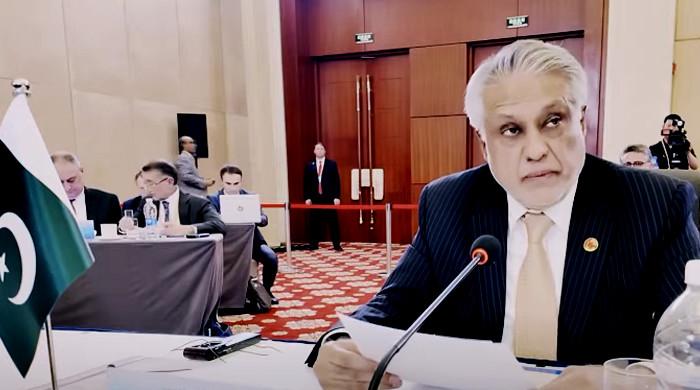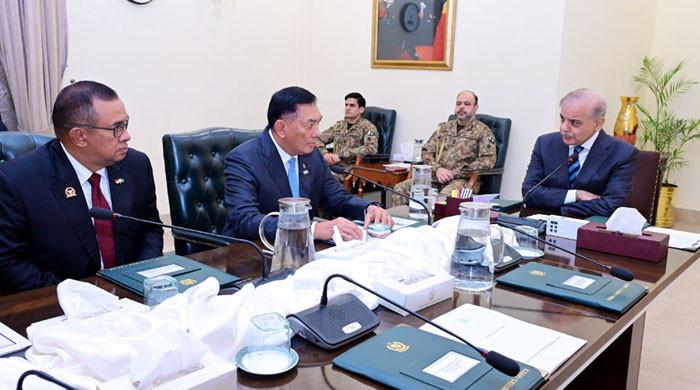Markhor trophy hunting permit auctioned at record price
Four permits auctioned for the 2021-22 markhor trophy hunting will fetch Pakistan $575,500 in total
November 05, 2021
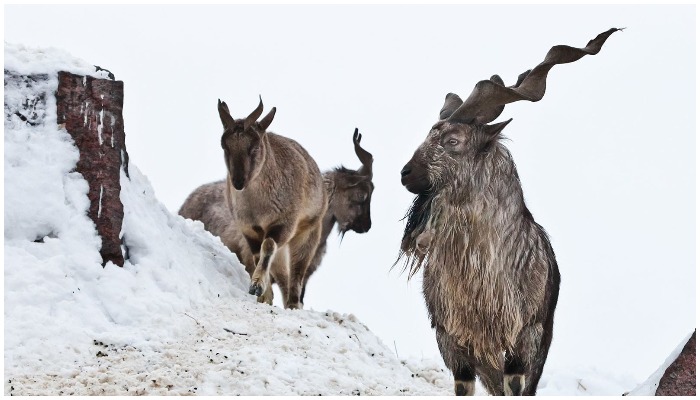
- Four permits auctioned for the markhor trophy hunting for year 2021-2022.
- The highest amount obtained for the trophy hunting permit was $160,250.
- The auction of permits fetch Pakistan a record-high revenue of $575,500 in total.
PESHAWAR: A permit for the trophy hunting in Chitral of the markhor, the national animal of Pakistan, was auctioned for $160,250 at the Khyber Pakhtunkhwa game reserves, the Wildlife Department said Friday.
A statement issued by the Wildlife Department said that this was the highest bid offered so far for the trophy hunting of the animal.
The statement said that four permits have been sold for the year 2021-2022, which will fetch $575,500 in total.
Apart from the highest amount offered, the second-highest bid offered was $155,100, followed by $135,150 for the third permit, and $125,100 for the fourth, read the statement.
A report published by The News stated that hunting permits are issued annually for various areas including the Gilgit-Baltistan, the Tooshi Conservancy district Chitral, Gehrait Conservancy district Chitral, and Kaigah Conservancy in district Kohistan.
The trophy hunting has produced positive results as the markhor population has now increased to 3,500-4,000 in the country as compared to 1,500-2,000 in 2001.
Under the trophy hunting programme, the local communities receive 80% of the licence fee with the government keeping the rest. The amount varies as the licences are issued through a bidding process.
In trophy hunting only old male markhors are shot and they can be identified from their horns, gait and the body structure. This programme is now cited as a huge victory in biodiversity preservation in Pakistan.
The incentives created through the trophy hunting programme have introduced new ethical standards among the concerned communities that now protect their wild game species as an economic asset.
It is pertinent to mention here that every year when hunters post photographs with markhors hunted during the expedition these draw immediate expressions of sorrow and indignation on social media. But in reality, this trophy hunting greatly helps save a rare and endangered species from potential extinction.
According to the climate change ministry, the trophy hunting programme has put a complete ban on killing markhor without a licence. The maximum sentence for illegally hunting a markhor is three years imprisonment.




